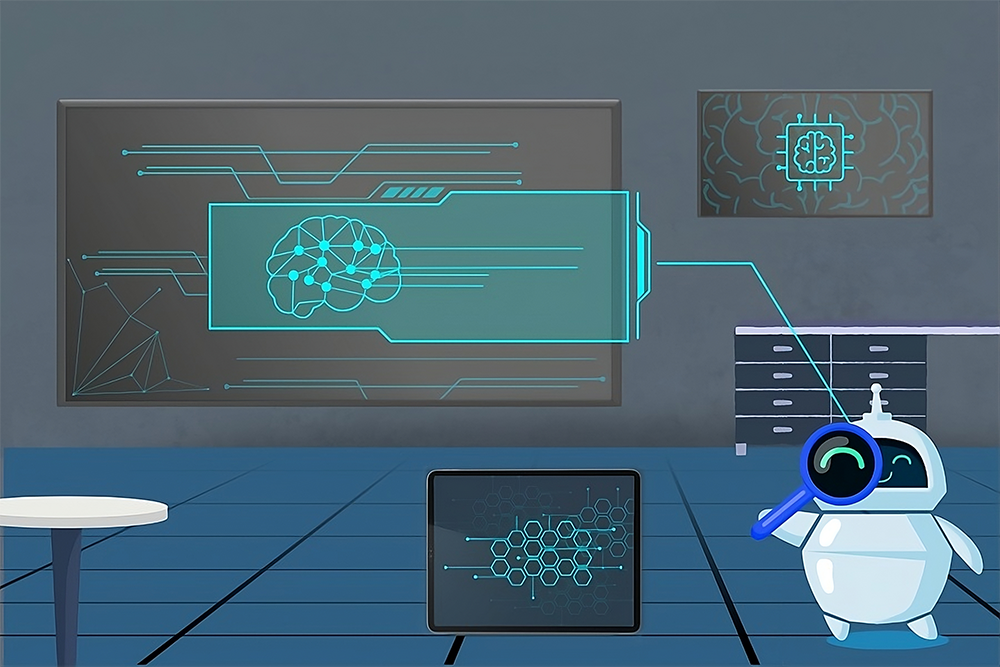Explaining the behavior of sophisticated neural networks remains a challenging task, especially as these models continue to grow in complexity and size. Reverse-engineering the functionality of artificial intelligence systems requires extensive experimentation, involving the formulation of hypotheses, interventions to observe behavior, and even the dissection of large networks to analyze individual neurons—a process reminiscent of past scientific endeavors. Many successful experiments thus far have relied heavily on human oversight, but as models like GPT-4 expand, there will likely be a need for increased automation to unravel the intricacies of every computation within such vast systems.
Researchers at MIT’s Computer Science and Artificial Intelligence Laboratory (CSAIL) have introduced a groundbreaking approach that leverages AI models to conduct experiments on external systems and elucidate their behavior, streamlining this complex undertaking. Central to their methodology is the development of an “automated interpretability agent” (AIA) designed to emulate a scientist’s investigative procedures. These interpretability agents are pivotal in generating coherent explanations of computations within trained networks by employing agents constructed from convolutional language models.
The AIA engages in hypothesis generation, experimental testing, and continuous learning to enhance its understanding of external systems in real-time, in contrast to conventional interpretability techniques that merely classify or summarize examples. This approach marks a significant departure from existing methods and holds promise in shedding light on elusive behaviors that may elude human researchers. The introduction of the “function interpretation and description” (FIND) benchmark further complements the AIA strategy by providing a standardized platform for evaluating interpretability techniques. FIND comprises functions mirroring computations within trained networks, along with detailed descriptions of their behavior, serving as a reliable yardstick for assessing the quality of explanations generated by AIAs.
The researchers have devised a novel evaluation protocol to compare the efficacy of AIAs with current interpretability methods, incorporating a specialized language model to assess the accuracy and consistency of natural language descriptions produced by AI techniques. While AIAs demonstrate superior performance compared to existing approaches, there is room for improvement in accurately describing certain features within the benchmark. Despite excelling in elucidating high-level functionality, AIAs sometimes overlook finer details, particularly in subdomains with complex or irregular behavior. Addressing this limitation, the researchers have implemented strategies to guide AIAs’ exploration by initiating their search with relevant sources, resulting in enhanced interpretation accuracy.
Looking ahead, the team aims to enhance AIAs’ capabilities for conducting precise analyses on neural networks in both black-box and white-box settings, with a focus on developing tools to facilitate hypothesis testing and input selection. By refining automated interpretability procedures, the researchers aspire to empower users to scrutinize AI systems effectively, preempting potential failure modes, biases, or unexpected behaviors before deployment.
In conclusion, the integration of AI models in interpretability research represents a significant leap forward in enhancing the transparency and reliability of AI systems. The team envisions a future where AIAs operate autonomously, generating novel experiments and inquiries beyond human-generated assumptions, thereby advancing our understanding of complex behaviors within AI systems. This innovative approach not only propels AI research forward but also underscores the importance of robust benchmarks in addressing critical challenges in machine learning.






